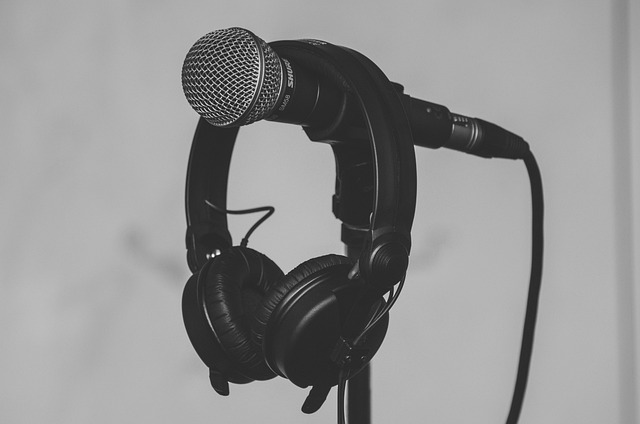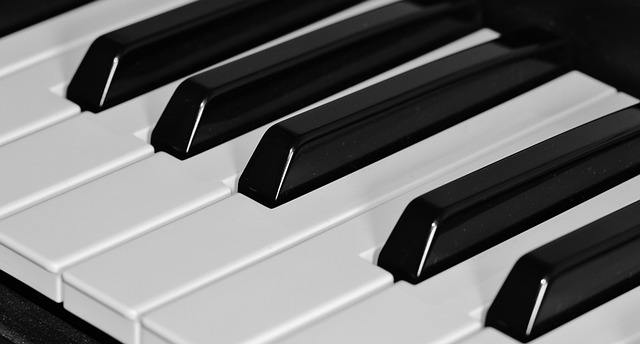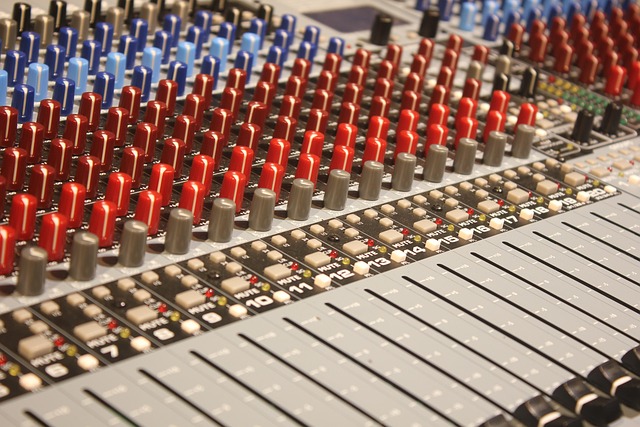The Art of Synchronization: Achieving Seamless Audio Recording
In the world of audio recording, synchronization is not just a technical requirement; it’s an art form that transforms the mundane into the extraordinary. Every audio engineer, musician, and podcaster knows that the key to a captivating recording lies in the meticulous alignment of sound waves. A perfectly synchronized production can elevate an ordinary piece of music or dialogue into a profound auditory experience.
The Dance of Rhythm and Timing
Imagine a symphony orchestra tuning in unison, their instruments melding together in perfect harmony. Each note reverberates with a sense of purpose and clarity, thanks to the invisible thread of synchronization that holds the entire ensemble together. This harmony doesn’t just happen; it requires passion, precision, and an acute awareness of each element’s role in the greater narrative of the sound.
Understanding the Challenges
While achieving synchronization may appear effortless in a polished track, the journey to get there is often fraught with challenges. The slightest delay or misalignment can create a jarring effect, pulling listeners away from the intended experience. Common pitfalls in audio recording—like latency issues, differing tempos, or varying audio quality—can easily derail your project if not addressed with care and expertise.
Tools of the Trade
Fortunately, thanks to advancements in technology, achieving seamless synchronization is within reach for anyone passionate about audio recording. Digital audio workstations (DAWs) offer an array of tools to assist with alignment, from grid settings that help maintain tempo to audio aligning features that can correct drift in timings. Beyond software, external devices such as MIDI clocks can synchronize multiple instruments, ensuring that they play together in perfect time.
Tips for Achieving Perfect Synchronization
- Use a metronome: Establishing a solid tempo from the get-go provides a foundation that helps musicians stay in sync throughout the recording process.
- Record multiple takes: Don’t hesitate to layer your recordings. This allows for more opportunities to edit and fine-tune your audio to the desired level of synchronization.
- Pay attention to waveform alignment: Visually inspecting and editing waveforms in your editing software can make a significant difference in achieving a synced result.
- Collaboration: Working with other musicians or audio professionals can not only provide an extra set of ears but also a diverse range of skills and insights into synchronization techniques.
Embracing the Complexity
When you embrace the complexity of synchronization in audio recording, you begin to appreciate the intricacies of sound design. Each layer of audio, whether it’s a vocal line, melody, or sound effect, contributes to the whole, and their synchronized interplay creates a captivating story that reaches the hearts of listeners. With dedication and the right techniques at your disposal, you can master this art and create recordings that resonate with emotion and dynamism.
As you dive deeper into your audio projects, remember that synchronization is not merely a technical hurdle to overcome; it’s a phenomenal opportunity to craft compelling soundscapes that reflect your unique artistic vision. Embrace the challenge, refine your skills, and let the beauty of synchronized audio elevate your recordings to new heights.



